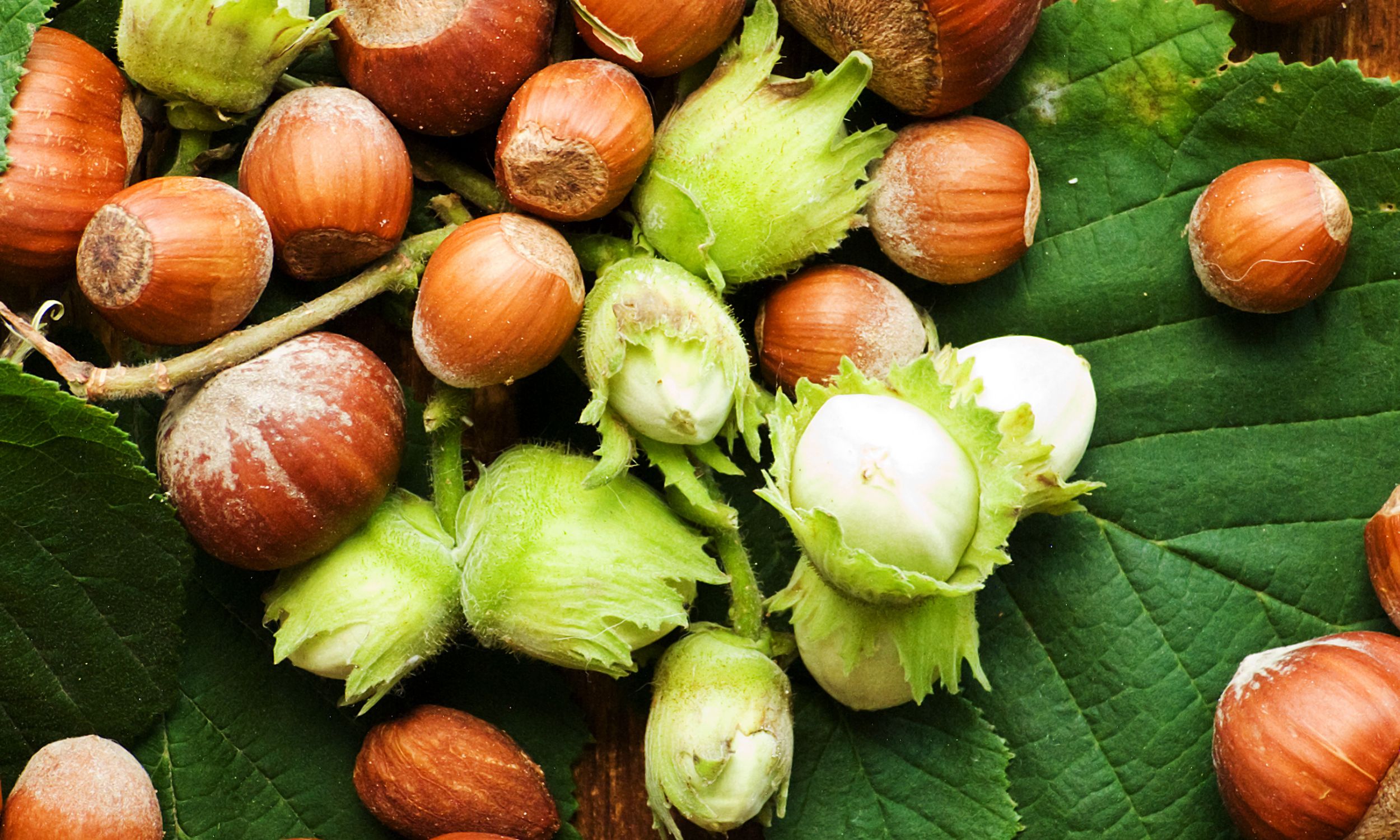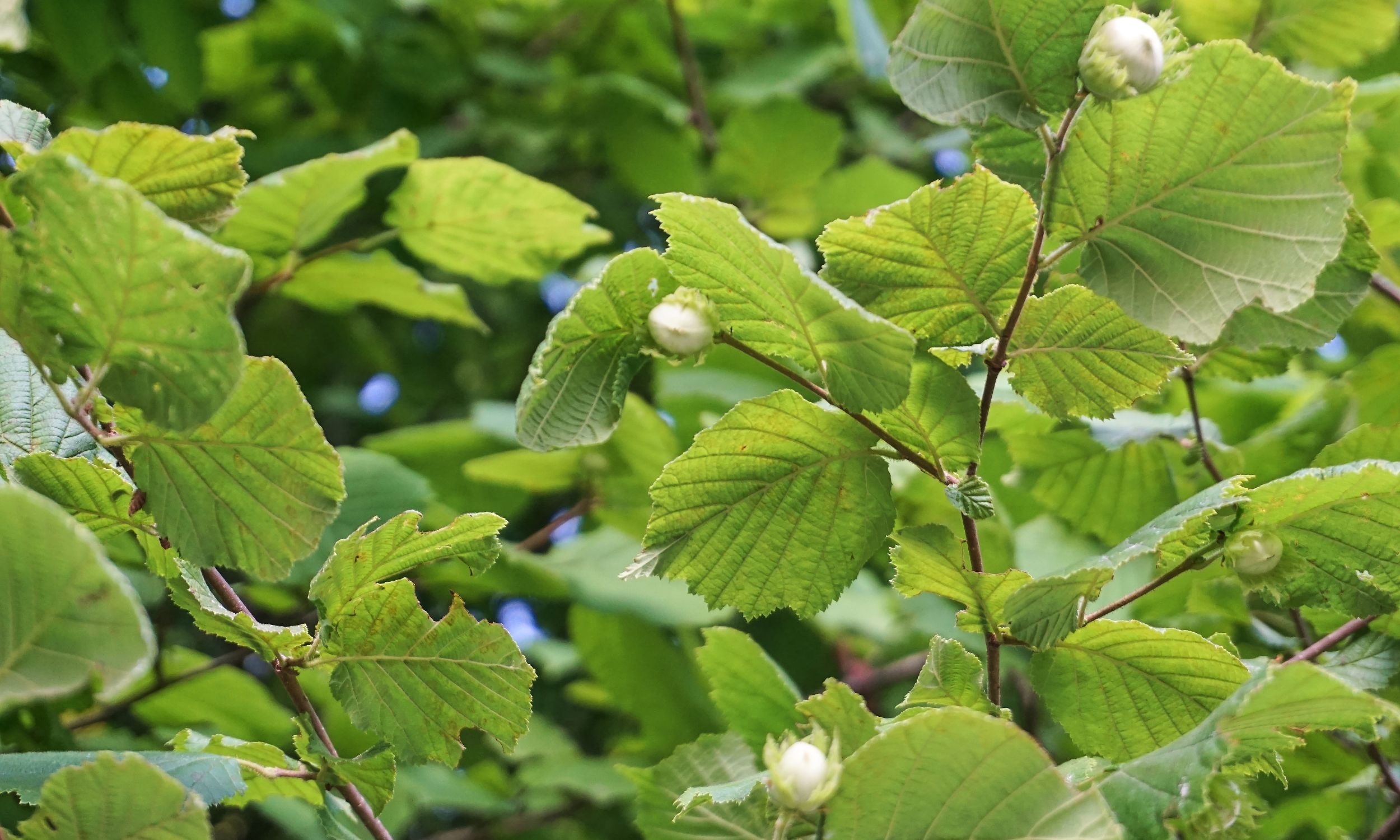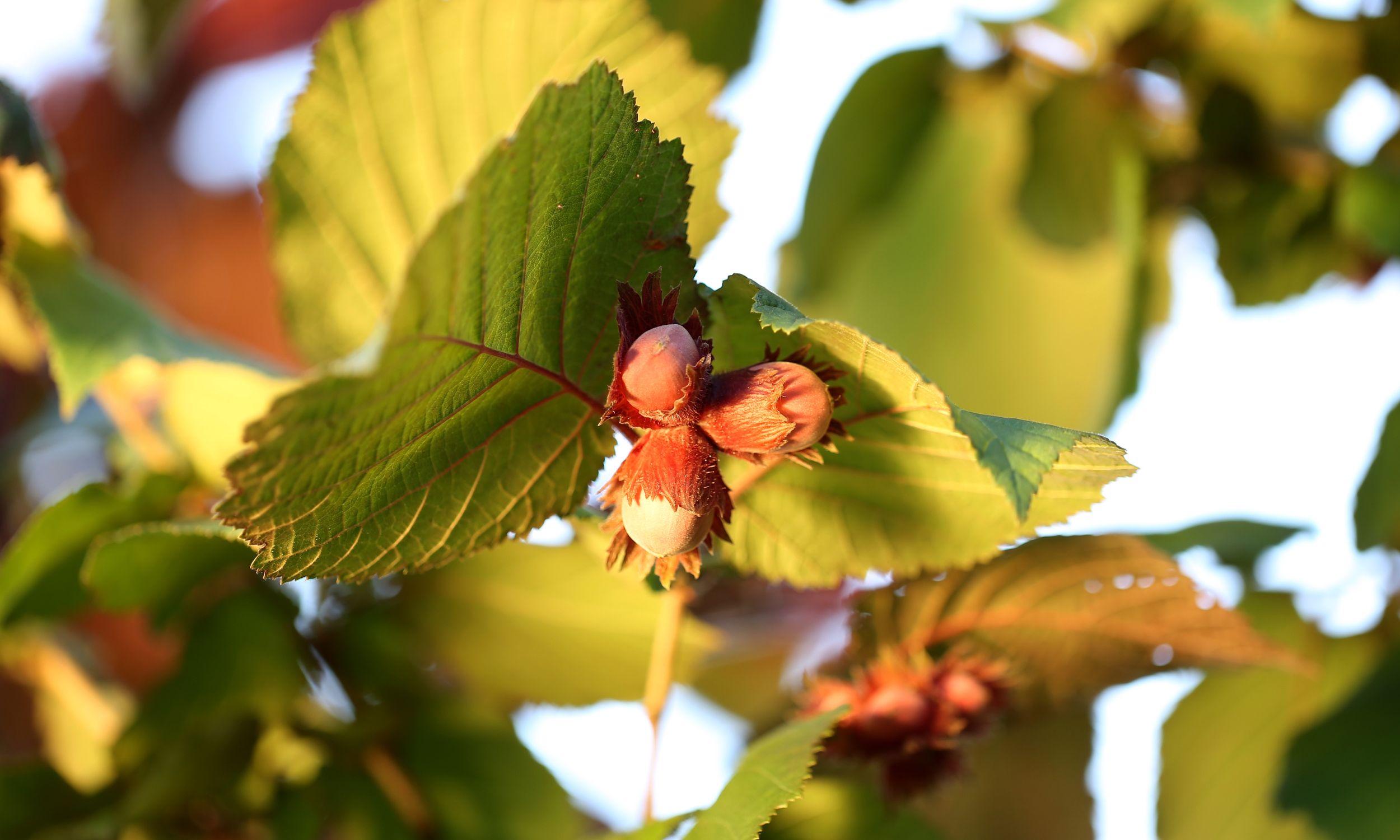Problems to Look Out for With Hazelnut Bushes
The hazelnut tree is a deciduous tree that is native to Europe, Asia, and North America. The nuts produced by the hazelnut tree are edible and have a sweet, nutty flavor. Hazelnuts are a good source of protein, vitamins, and minerals. They can be eaten raw, roasted, or ground into a paste.
The hazelnut tree has been cultivated for centuries and was brought to North America by early settlers. Today, hazelnuts are grown commercially in Oregon and Washington State. However, hazelnuts can be grown in other parts of the United States as well. If you are interested in growing hazelnut trees in your permaculture food forest, read on for more information.
Disclosure: Some of the links below are affiliate links, meaning, at no additional cost to you, I will earn a commission if you click through and make a purchase.
What Does The Hazelnut Tree/Bush Look Like?
The hazelnut tree is a small to medium-sized deciduous tree that typically grows to a height of 20-40 feet (6-12 meters). The bark of the hazelnut tree is smooth and gray with a reddish tinge. The leaves of the hazelnut tree are ovate-shaped and have serrated margins. The leaves are dark green in color and turn yellow or brown in fall.
The flowers of the hazelnut tree are small and yellow-green in color. They are borne in clusters of 3-5 flowers per cluster. The fruits of the hazelnut tree are round or oval-shaped nuts that are enclosed in green husks. Each nut measures 1-2 centimeters in diameter.

History
Hazelnuts have been cultivated since ancient times. They were mentioned in Pliny the Elder’s Natural History written around 77 AD. In Europe, the hazelnut tree was believed to have magical powers and was often planted near homes to ward off evil spirits. In medieval times, the nuts were used as currency and were given as gifts during weddings and other special occasions.
Hazelnuts were brought to North America by early settlers who planted them for food and for wood production. The first recorded planting of hazelnuts in North America took place in 1629 near Boston, Massachusetts. Today, most of the commercially grown hazelnuts in North America are found in Oregon and Washington State where the climate is well suited for their growth.
Reproduction
Hazelnut flowers are wind-pollinated and hence don’t need pollinators such as bees or butterflies for pollination. The plants have separate male flowers called catkins. As summer ends and the season of spring begins, the catkins shed pollens early before leaves emerge. On the other hand, the female flowers emerge from a bud and require pollen from a second tree because they are self-incompatible. For that reason, two pollen-compatible strains of hybrid trees are planted in an orchard.
Benefits Of Growing Hazelnut on Your Homestead
Hazelnut bushes are a wonderful addition to any homestead. Not only do they provide delicious nuts, but they also offer a number of other benefits. For example, hazelnut bushes can help to improve the soil quality in your garden. The roots of hazelnut bushes help to loosen compacted soil, making it easier for other plants to take root. In addition, hazelnut leaves are high in nitrogen, which can be beneficial for plants that prefer acidic soil. Hazelnut bushes are also relatively low-maintenance and can tolerate a wide range of growing conditions. As a result, they are an ideal choice for homesteaders who want to add a bit of variety to their landscape.
Culinary benefits
Hazelnut bushes are a versatile and flavorful addition to any homestead. The hazelnuts can be used in sweet or savory dishes, and the leaves can be used as an herbal tea. Hazelnuts are a good source of protein, fiber, and vitamins, making them a healthy snack option. In addition, hazelnuts can be ground into a flour that can be used to bake gluten-free recipes. Growing hazelnut bushes on your homestead is a delicious way to add variety to your culinary repertoire.

Livestock benefits
The leaves are mainly used as cattle feed, the twigs as rabbit feed, and goat feed. They also provide bee fodder by providing a source of early forage through pollen production. In addition, they provide pollen/nectar to other pollinators as well.

Don’t Let your Homestead Fail!
Get our FREE What Makes a Successful Homestead eBook!
How To Grow Hazelnut Bushes on Your Homestead
When to Plant Hazelnut Bushes
In most cases, hazelnuts should be planted in the early spring, after the last frost. This allows the hazelnut bushes to become established before the hot summer months. Additionally, planting hazelnuts in the fall helps to ensure that they will have enough time to develop a strong root system.
What Seeds to Plant
After extraction and sorting them out, perform a test that will establish seeds you will use during planting. In a bucket full of water, drop the seeds and allow them to settle. Some will float, and others will sink. Use those that sink to plant as they are more likely to yield more. Those that float may not produce healthy seedlings.
Pretreatment In Preparation For Planting
In a large pot, place large stones for drainage and cover them with sand. Then, mix the assorted healthy seeds with horticultural sand using the ratio: one handful of sand to one handful of seeds. Once you’ve layered all that, top it up with another layer of sand and leave the pot in the shade. Make sure to cover the pot with mesh to avoid mice and other predators from feeding on the seeds.
Sowing
Once the seeds have started showing signs of germination, they are ready for sowing. In different pots, place them two to three centimeters deep. Make sure they’re firm and water them. It would be best if you also kept the pot moist.
Planting Procedure
- You’ll need to ensure that the ground is clear from any weeds and grass. By now, your seedlings should be two years old and ready for transplant.
- Wet the roots and transplant them into holes deep enough to accommodate the entire root structure.
- If you can, refill the hole with enhanced soil or soil specifically meant for hazelnuts. Ensure to tamp it firmly around the roots.
- Once the hole is three-quarters full, add two gallons of water. If you have any natural homemade liquid fertilizer, you can also add it as the last gallon.
- Alternatively, you can opt to purchase a shrub or tree and replant them later on.
- To establish a coppice area, let the plants grow for three to four years before cutting them back to the ground. This will encourage straight strong stems similar to a coppiced hazel.
Hazelnut is mainly resistant to pests and diseases; therefore, weeds are the most necessary things to look out for.

Companion plant/ trees
When choosing companion plants for hazelnut bushes, there are a few things to keep in mind. First, hazelnuts prefer full sun, so choose plants that will do well in bright light. Second, hazelnuts are relatively drought-tolerant, so choose plants that won’t compete too much for water. Finally, hazelnuts produce a lot of leaves and branches, so choose plants that won’t be overshadowed by the hazelnuts’ growth. With these factors in mind, some good companion plants for hazelnut bushes include comfrey, Primrose, coriander, asparagus, wild garlic, currants, and various bulbs. Avoid plants such as fennel, leeks, and beets.
Conditions for growth
Hazelnut bushes need full sun, although they will tolerate some light shade. They prefer a well-drained soil with a pH of 6.0 to 7.0, but they are tolerant of a wide range of soils. If you’re not sure about your soil’s pH, you can test it with a kit from your local gardening store.
Hazelnut bushes are relatively drought-tolerant once they are established, but they will produce more nuts if they are given supplemental water during dry periods. Hazelnuts are self-pollinating, but planting two or more varieties will increase the yield. hazelnut bushes should be pruned annually to encourage nuts to form on new wood.
Maintenance
Hazelnut bushes are a great way to add some greenery to your yard, and they can also provide you with a delicious crop of hazelnuts. But like all plants, hazelnut bushes need a little care and attention to stay healthy. Here are a few tips on how to take care of your hazelnut bushes:
– water them regularly and deeply, especially during dry periods
– fertilize them twice a year, in spring and fall
– prune them annually to prevent overgrowth and encourage new growth
– protect them from pests and diseases by using organic methods such as companion planting and beneficial insects
following these simple tips will help you enjoy a bountiful crop of hazelnuts for many years to come.
Pruning
This encourages the tree to grow stronger and have strong trunks. You can skip pruning if you have a potted nut tree. To prune, you need to choose six-strong branches at the top and cut everything below. You should also clear any low-hanging branches. If you allow the plant to stay in its natural shrubby form, you don’t need to shape the tree. On occasion, you can snip any suckers that grow from the roots and thin the bush evenly, especially during winter when the plant is dormant. That prevents additional stems from growing which congest the plant. Allow the plant to be airy and light.

Harvesting
Picking
Picking hazelnuts is not difficult, but there are a few things to keep in mind. First, make sure to pick them when they are fully ripe. Second, use a gentle touch so as not to damage the hazelnuts or the bush. Finally, be sure to clean the hazelnuts after picking them so that any dirt or debris is removed.
Storage
Hazelnuts can be harvested from hazelnut bushes. Once they are harvested, they need to be stored properly in order to keep them fresh. The best way to store hazelnuts is in a cool, dry place. If they are stored in a humid environment, they will mold. If they are stored in a hot environment, they will become rancid. hazelnuts can be stored in the refrigerator for up to six months. hazelnuts can also be stored in the freezer for up to one year. When storing hazelnuts in the freezer, make sure to put them in an airtight container.
